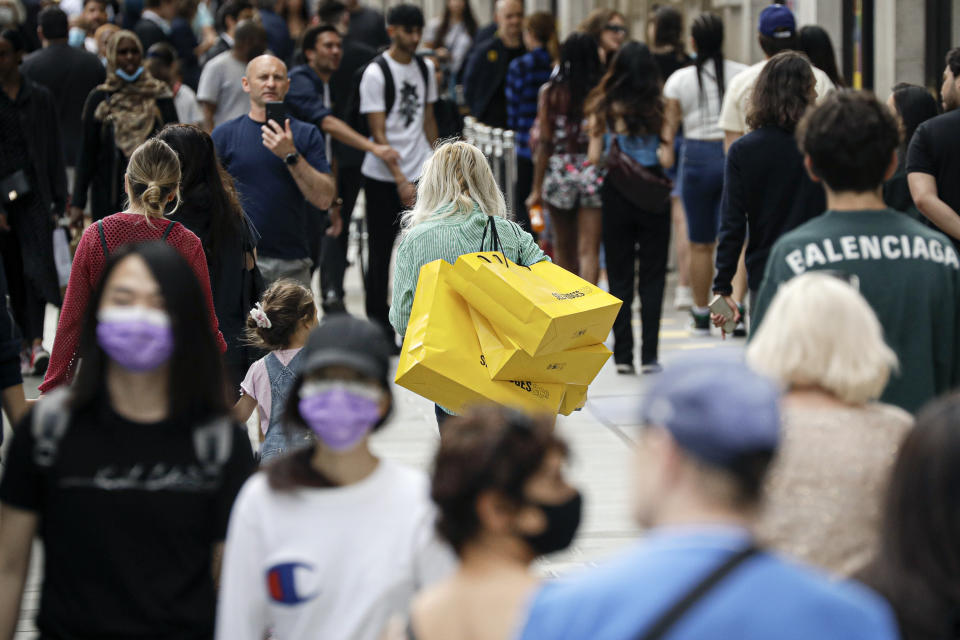Coronavirus: UK inflation tumbles to lowest level since Brexit vote

Lower fuel prices and a slump in demand during the coronavirus pandemic saw inflation in the UK tumble to 0.5% in May, its lowest level since the Brexit referendum.
The year-on-year growth in prices, down from 0.8% in April, represents the slowest price growth since June 2016, according to the Office for National Statistics (ONS).
While the inflation rate fell in line with analyst expectations, the usually less volatile measure of core inflation — which excludes energy, food, alcohol, and tobacco prices — fell to 1.2%, lower than predicted.
“The growth in consumer prices again slowed to the lowest annual rate in four years,” said Jonathan Athow of the ONS.
“The cost of games and toys fell back from last month’s rises, while there was a continued drop in prices at the pump in May, following the huge crude price falls seen in recent months,” he noted.
“Outside these areas, we are seeing few significant changes to the prices in the shops.”
READ MORE: UK Finance boss quits over historic sexist comments
A record 16.7% decline in the price of motor fuels was a large contributing factor to the fall-off. Average petrol prices stood at 106.2 pence per litre in May, the lowest since April 2016, while average diesel prices were 113.4 pence per litre, the lowest since September 2016.
Globally, demand for oil has plunged in the wake of widespread lockdown restrictions across the world and falling activity in the travel sector.
The ONS noted that, while the effect was usually “muted,” prices for motor fuels tended to move broadly in line with global prices for crude oil.
There was also a large downward contribution from the recreation and culture sector, driven by a fall in prices for traditional toys and games, computer games consoles, and computer games.
Prices at hotels and restaurants increased by 0.4% between April and May, lower than the 0.8% seen during the same two months in 2019.
Due to the weeks-long lockdown introduced by the UK government in March, the ONS said that there were 74 unavailable items in the basket of goods it uses to calculate inflation in May, down from 90 in April.
Using an alternative basket of goods, which excludes unavailable items such as a restaurant cup of coffee and cinema tickets, inflation would have been 0.4% in May.
READ MORE: City watchdog sounds the alarm on rising debt levels
Largely due to the lockdown, the coronavirus pandemic is widely expected to lead to a deep slowdown in the UK economy, and growth in consumer prices is expected to slow further in the short term as a result.
Some analysts have suggested that the unprecedented stimulus measures launched in the UK may eventually lead to runaway inflation.
But the country experienced a decade of low inflation following the 2008 financial crisis even after the Bank of England slashed interest rates and launched a sweeping asset-purchasing programme.
The bank in March lowered its benchmark interest rate to an all-time low of 0.1% and dramatically increased asset purchases.
Price stability is one of the core mandates of the bank, which has a 2% inflation target. On Thursday, the bank’s monetary policy committee is expected to unveil further stimulus measures following its latest meeting.

 Yahoo Finance
Yahoo Finance 
